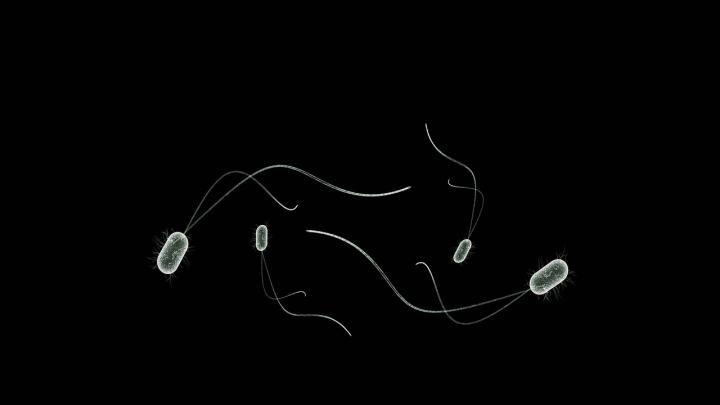ACADEMIA
Halperin lab creates computational tool to predict how gut microbiome changes over time
New insights into gut microbiome dynamics could lead to better diagnosis, treatment of disease
A new computational modeling method uses snapshots of which types of microbes are found in a person's gut to predict how the microbial community will change over time. The tool, developed by Liat Shenhav, Leah Briscoe and Mike Thompson from the Halperin lab, University of California Los Angeles, and colleagues at the Mizrahi lab at Ben-Gurion University, Israel, is presented in PLOS Computational Biology.
The types and relative amounts of microbes found in a person's gut can reflect and affect the state of their health. Knowing how this microbial community composition changes over time could provide key insights into health and disease. However, it is unclear to what degree the microbial community composition of a person's gut at a given moment determines its future composition.  {module In-article}
{module In-article}
To address this question, Shenhav and colleagues developed Microbial community Temporal Variability Linear Mixed Model (MTV-LMM), a new method for modeling temporal changes in the microbial composition of the gut. When tested against real-world data, the new tool makes more accurate predictions than do other models previously developed for the same purpose.
The researchers then used MTV-LMM to surface new insights into microbiome dynamics. For instance, they demonstrated that, in both infants and adults, gut microbiome community composition can indeed be accurately predicted based on earlier observations of the community. They also applied the model to data from 39 infants and revealed a key shift around the age of 9 months in how the gut microbiome changes over time.
Looking forward, MTV-LMM could be applied to explore the temporal dynamics of the gut microbiome in the context of disease, which could lead to improved diagnosis and treatment. It could also be useful for understanding other types of temporal microbiome processes, such as those occurring during digestion.
"Our approach provides multiple methodological advancements, but this is still just the tip of the iceberg," Shenhav says. In the future, she and her colleagues will work to further improve the prediction accuracy of the model and explore additional applications. "Modeling the temporal behavior of the microbiome is a fundamental scientific question, with potential applications in medicine and beyond."


 How to resolve AdBlock issue?
How to resolve AdBlock issue?